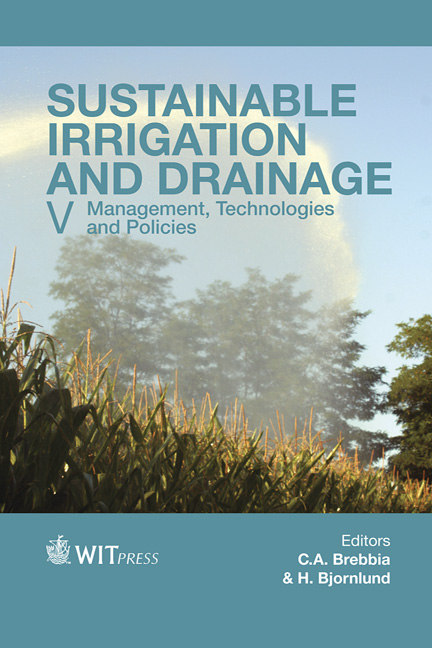The Study Of Changes In The Assimilation Surface, Relative Chlorophyll Content And Maize Yield With Different Agrotechnical Factors
Price
Free (open access)
Transaction
Volume
185
Pages
12
Page Range
143 - 154
Published
2014
Size
681 kb
Paper DOI
10.2495/SI140141
Copyright
WIT Press
Author(s)
E. Vári, P. Pepó
Abstract
This research focused on the effects of previous crop, fertilization and irrigation on the Leaf Area Index (LAI) and relative chlorophyll content (SPAD) of maize and the amount of yield in three different crop years. We were also looking for the relations between these parameters. As an average of the three years, the year, the crop rotation, the irrigation and the fertilization had a 3.5%, 29.8%, 21.5% and 45.2% share in the yield, respectively. The maximum SPAD-values were measured at tasseling and silking periods depending upon the year. In all three crop rotation models, significant differences were found between the control and the fertilization levels of N120-180+PK. As a result of irrigation, an increasing trend can be observed in the SPAD. The maximum LAI were measured at the 12-leaf or tassel depending on the period of the year. The dynamics and maximum value of the LAI were significantly determined by fertilization. Crop rotation had a strong effect, though it varied with the year. There were no significant differences in leaf area between the irrigated and the non-irrigated treatments. The fertilization had the strongest impact (r = 0.533–0.723) on yield among the agrotechnical elements. The correlation between the crop rotation and the yield was significant but weak (r = 0.336–0.423), while irrigation had a loose, non-significant correlation with yield in 2011 and 2012. In 2013, irrigation had a greater influence on the yield than in 2011 and 2012 (r = 0.497).
Keywords
agrotechnical factors, relative chlorophyll content, Leaf Area Index, yield of maize





